Prof. em.
Andreas Loeschner-Gornau
German Artist
Andreas Loeschner-Gornau
German Artist
 Vita
Vita
my Online Store
my YouTube channel
my Music Compositions
Older ArtWorks:
Work Until 2011 Work 2012-16"Blaue Frau"
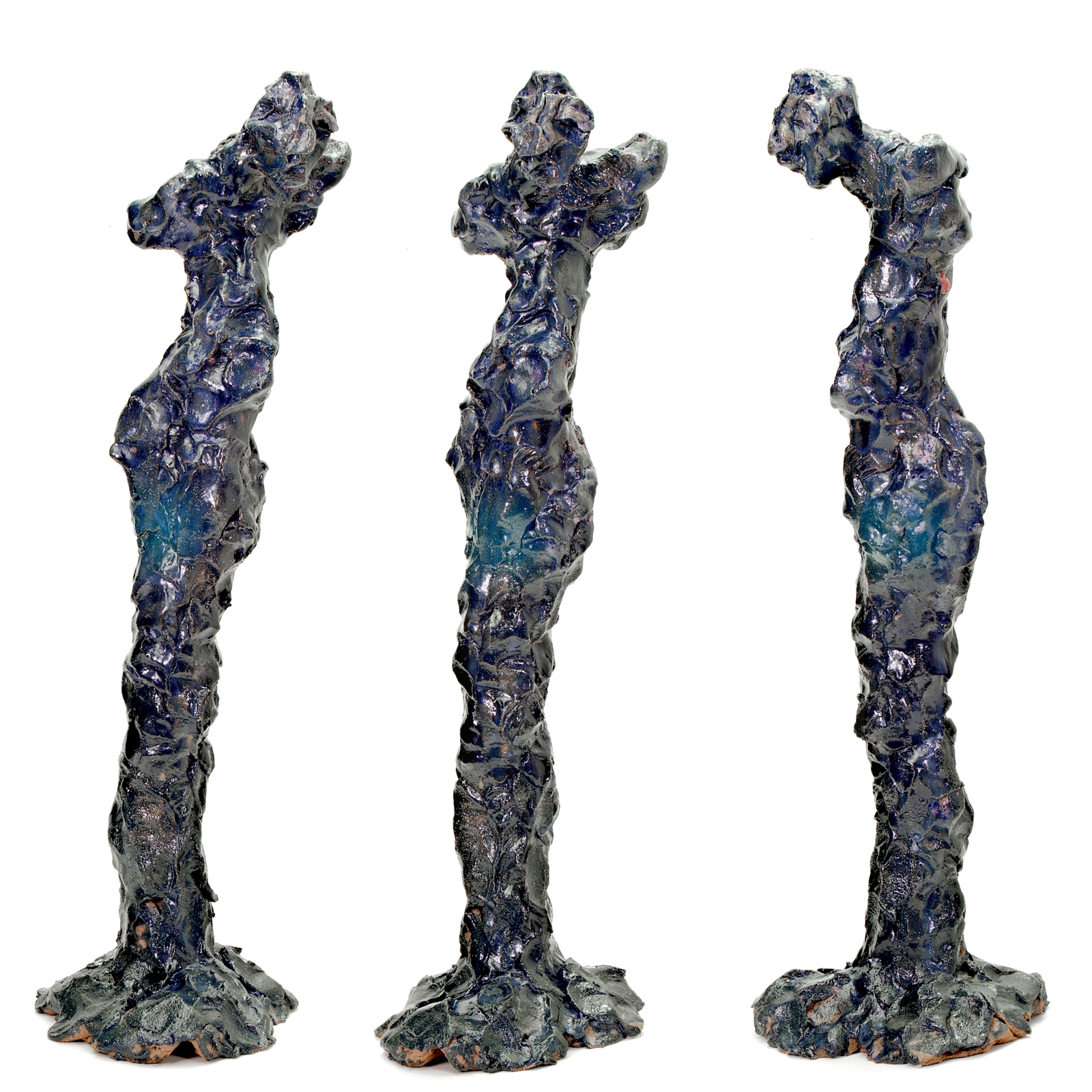
Ceramics, stoneware glazed 35cm
"Schreitender"
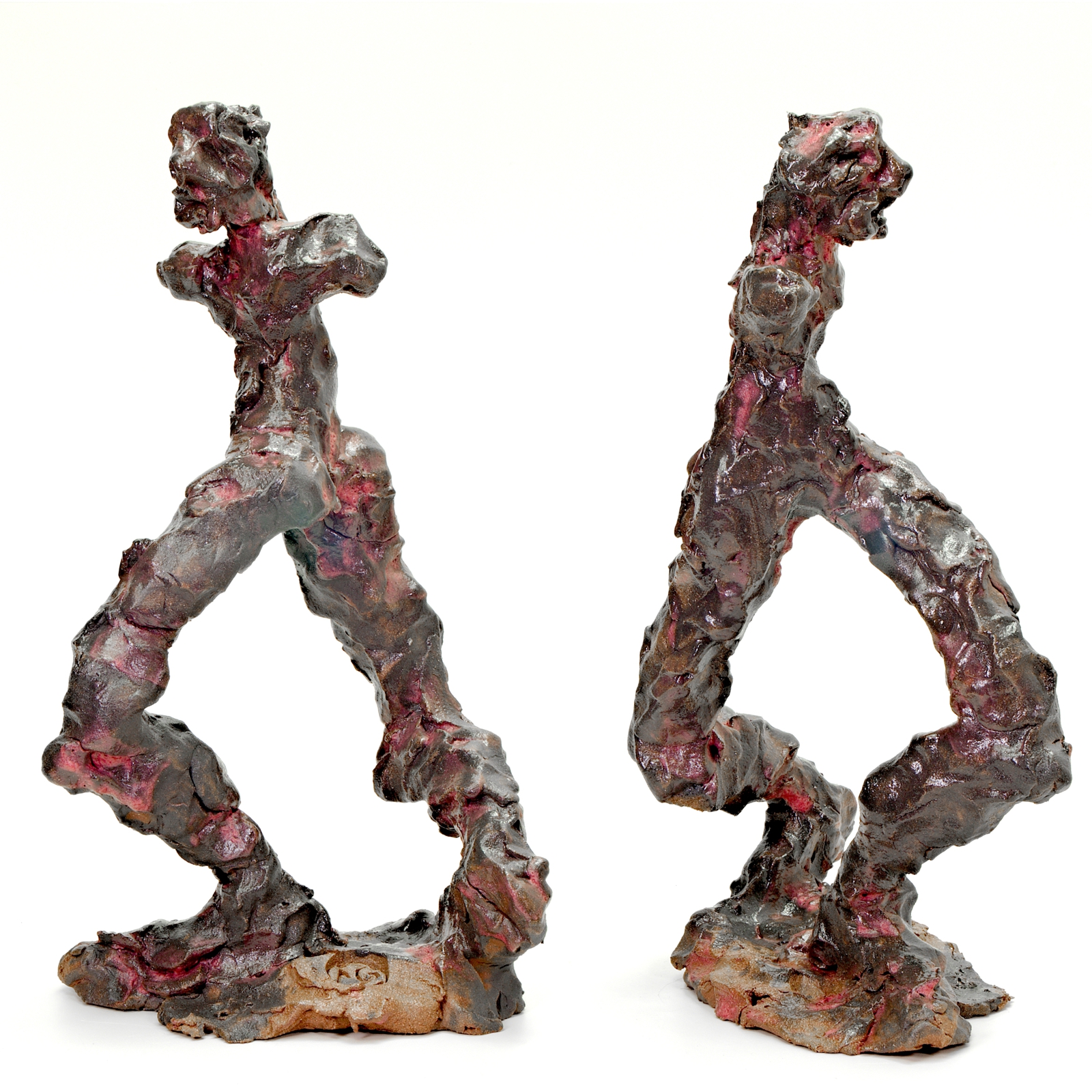
Ceramics, stoneware glazed 35cm
"Der Denker"
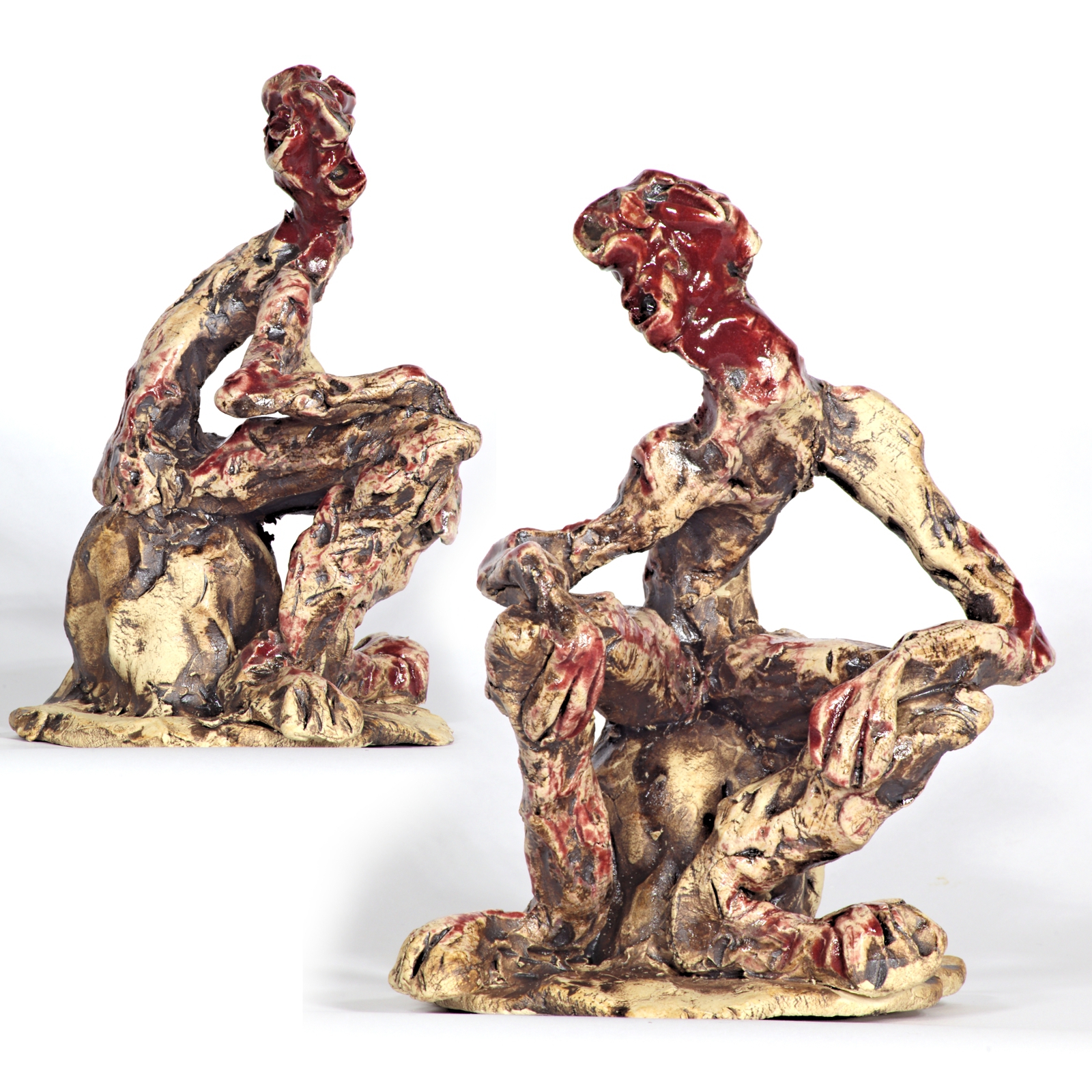
Ceramics, stoneware glazed 30cm
"Der junge Werther"
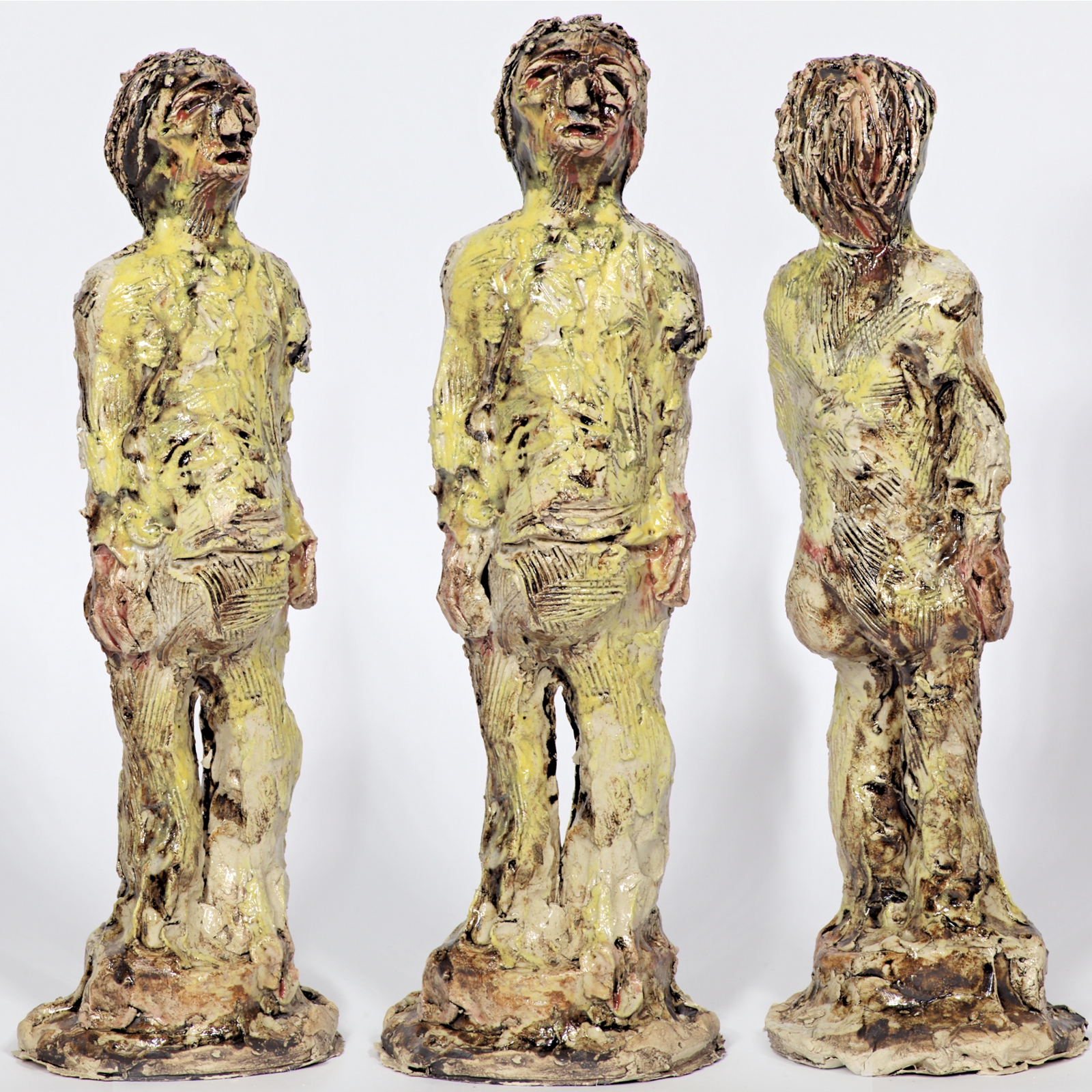
Ceramics, stoneware glazed 40cm
"Janus"
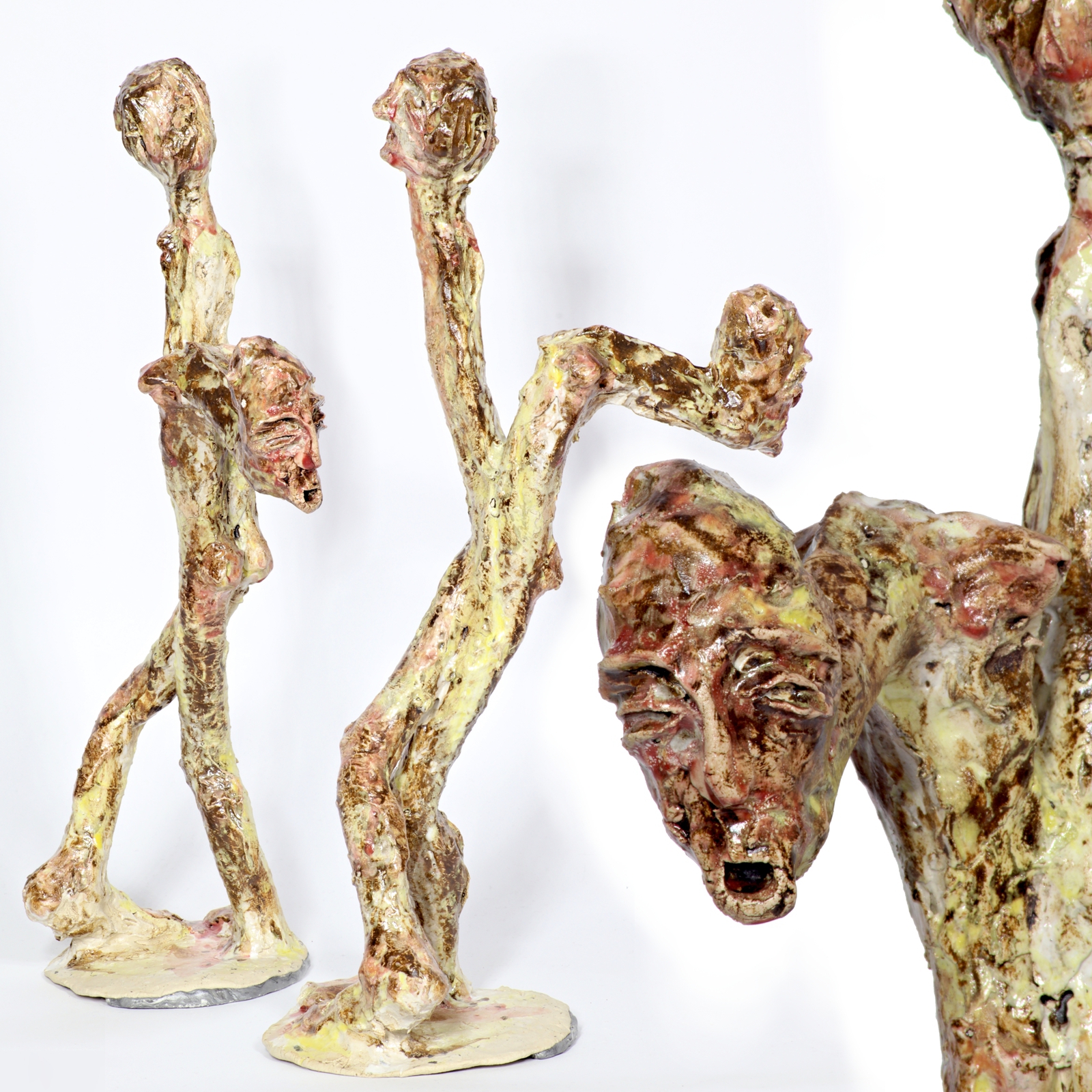
Ceramics, stoneware glazed 50cm
"Rebell"
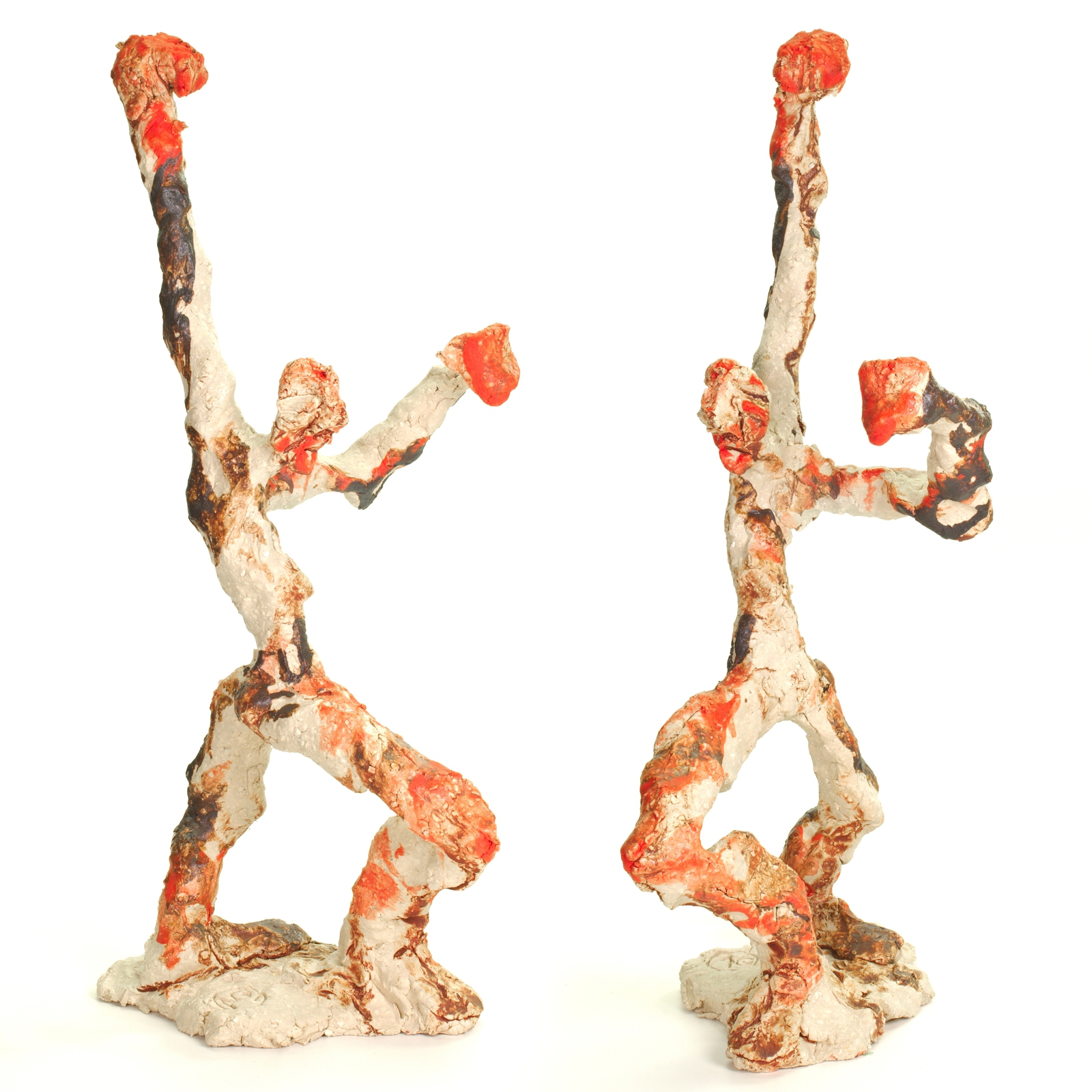
Ceramics, stoneware glazed 30cm
"Der Sekretär"
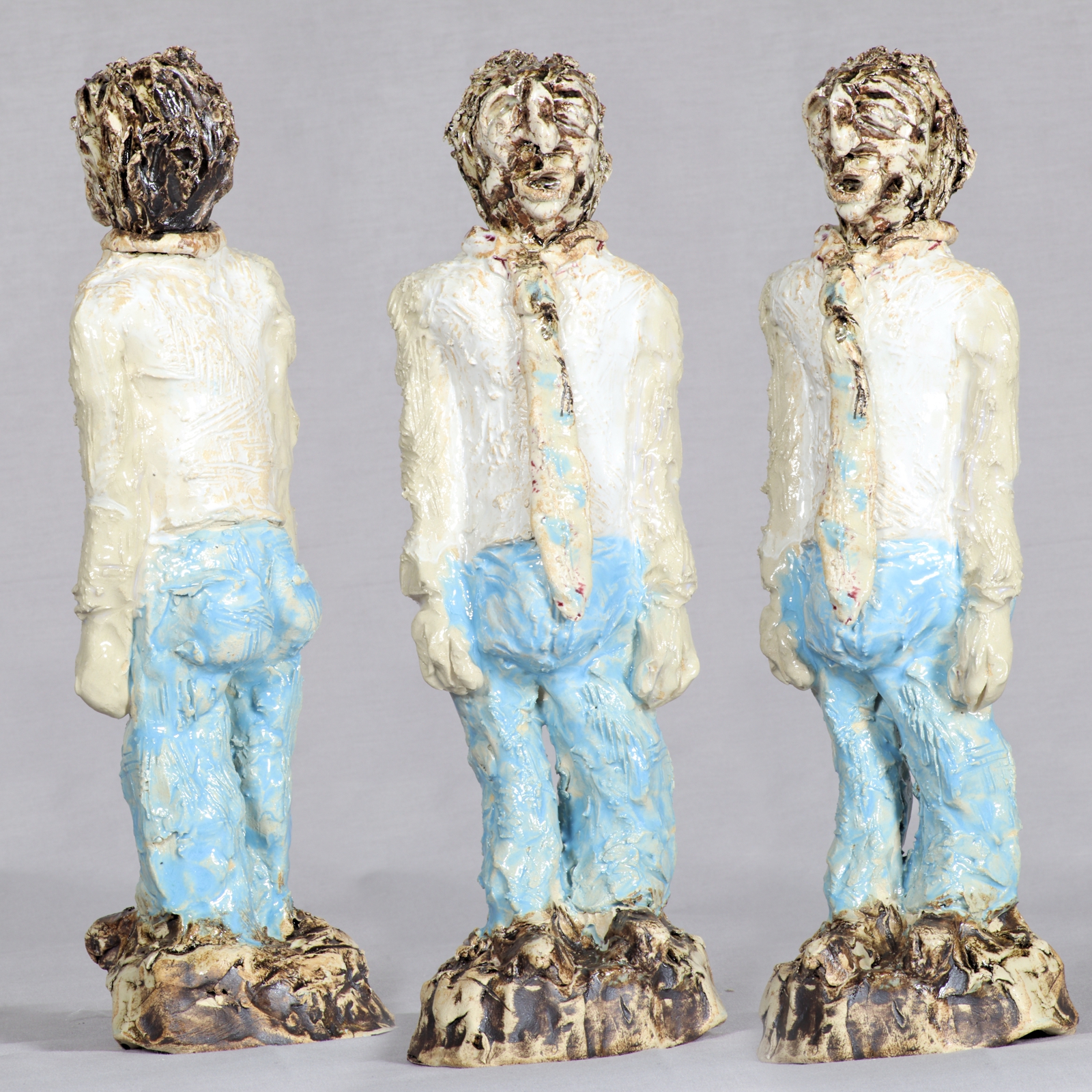
Ceramics, stoneware glazed 30cm
"Schamane"
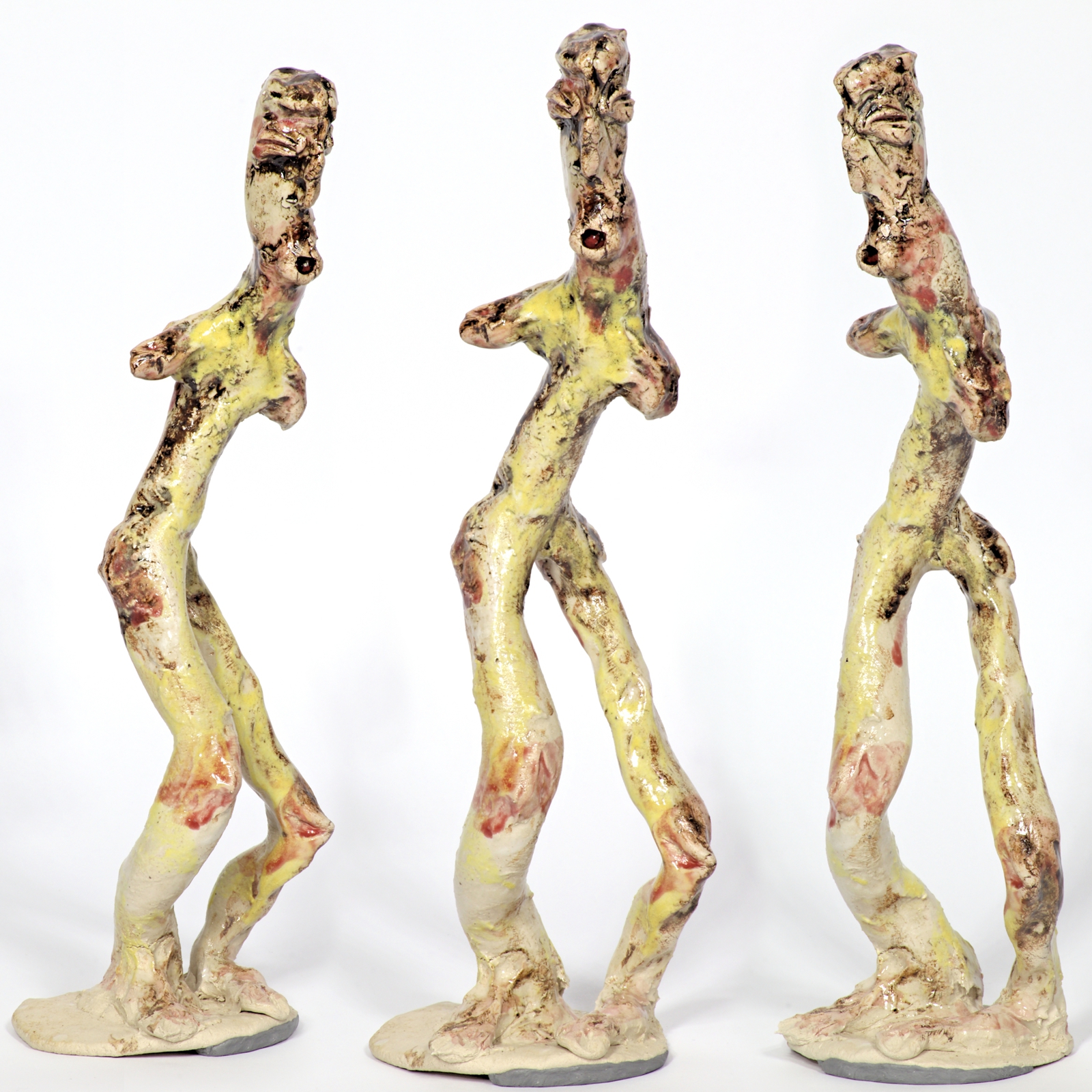
Ceramics, stoneware glazed 20cm
"Herold"
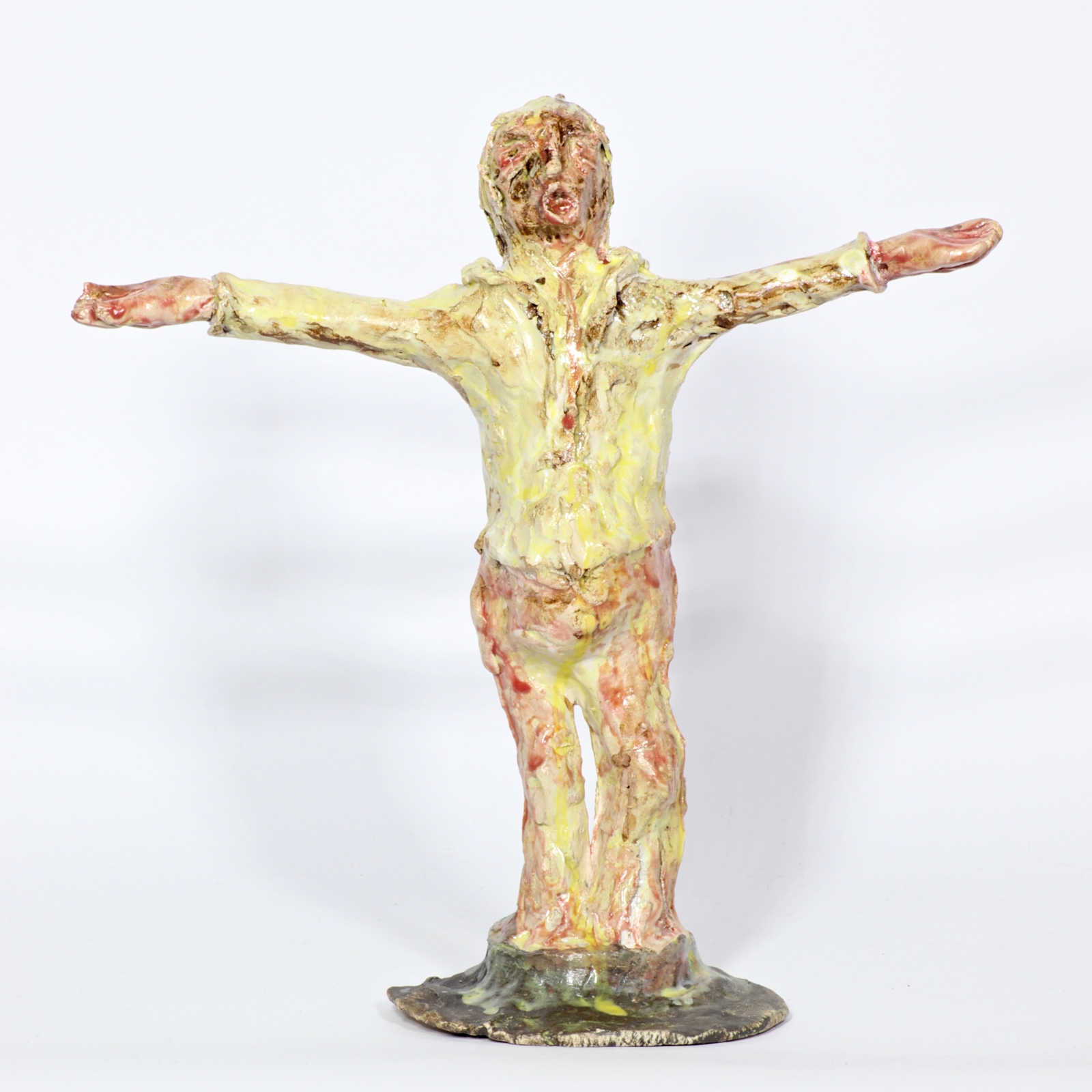
Ceramics, stoneware glazed 32cm
"Takbilan"
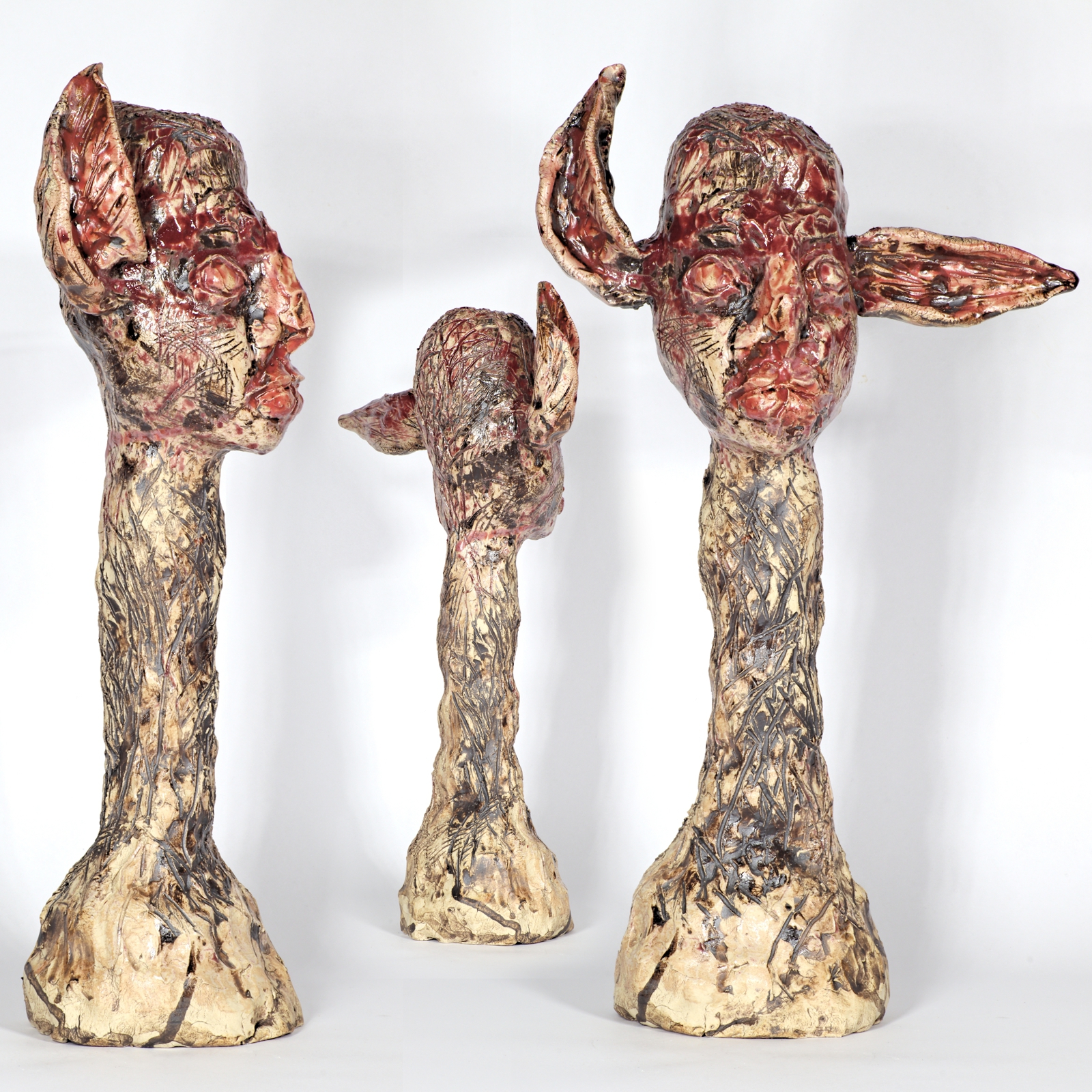
Ceramics, stoneware glazed 50cm

"Der Denker" Ceramics, stoneware glazed 30cm

"Der junge Werther" Ceramics, stoneware glazed 40cm

"Janus" Ceramics, stoneware glazed 50cm

"Rebell" Ceramics, stoneware glazed 30cm

"Der Sekretär" Ceramics, stoneware glazed 30cm

"Schamane" Ceramics, stoneware glazed 20cm

"Herold" Ceramics, stoneware glazed 32cm

"Takbilan" Ceramics, stoneware glazed 50cm

"Blaue Frau" Ceramics, stoneware glazed 35cm

"Schreitender" Ceramics, stoneware glazed 35cm